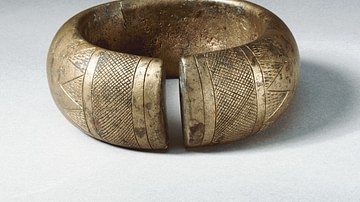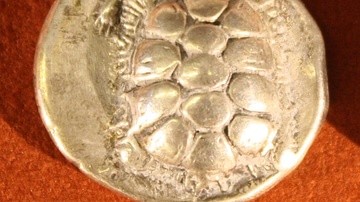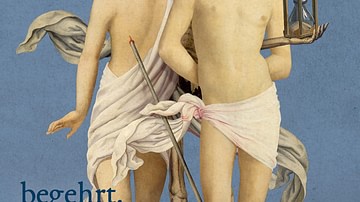Search
Search Results

Definition
Isambard Kingdom Brunel
Isambard Kingdom Brunel (1806-1859) was a British engineer and a key figure of the British Industrial Revolution (1760-1840). Brunel masterminded the Great Western Railway from London to Bristol, designed and built innovative giant steamships...

Article
Kingdom of Magadha: Wars and Warfare
In ancient India from the 6th century BCE onwards, the kingdom of Magadha (6th century BCE to 4th century BCE) made a mark for itself. Located in the eastern part of India in what is today the state of Bihar, it outshone other kingdoms and...

Lesson Pack
Kingdom of Kush
We have prepared three lesson plans including classroom activities, assignments, homework, and keys as well as: Multiple choice quiz questions in an excel format. Glossary of keywords and concepts in an excel format. Open questions...

Article
The Island Kingdom of Aegina: The Old Gods Still Whisper Their Truths
Today, traveling an hour by ferry from Piraeus, the port of Athens, the first remnant of Aegina's great past a visitor will see is the lonely pillar of Apollo rising from the trees on the hill of Kolona. Once a splendid complex of three buildings...

Image Gallery
Relics from the Kingdom of Kush & Ancient Nubia
Kush was a kingdom in North Africa in the region corresponding to modern-day Sudan. The larger region around Kush (later referred to as Nubia) had been inhabited since c. 8,000 BCE, but the Kingdom of Kush rose much later, flourishing between...

Image
Bodies in the Middle Ages in Zürich
Bodies in the Middle Ages, exhibition in Schweizerisches Nationalmuseum, Zürich.

Image
Bodies in the Middle Ages Exhibition
Bodies in the Middle Ages exhibition in the Schweizerisches Nationalmuseum, Zürich.

Image
Map of the Middle Assyrian Empire
This map illustrates the shifting political landscape of the Ancient Near East during the first half of the second millennium BCE, as Assyria began reasserting its independence and rising as a regional power. After centuries of foreign domination...

Image
Trade Networks in the Middle Ages, c. 1200
A map illustrating the interconnectivity and extent of the global trade networks at the onset of the 13th century after the centuries of decline and isolation following the collapse of the Western Roman Empire. The conditions were beginning...

Image
Map of Christian Pilgrimage in the Middle Ages, c. 1000
This map illustrates the changing patterns of Christian pilgrimage during the Middle Ages: for most Europeans the long, perilous, and costly journey to the Holy Land was too far, dangerous, and forbiddingly expensive, so devotion redirected...